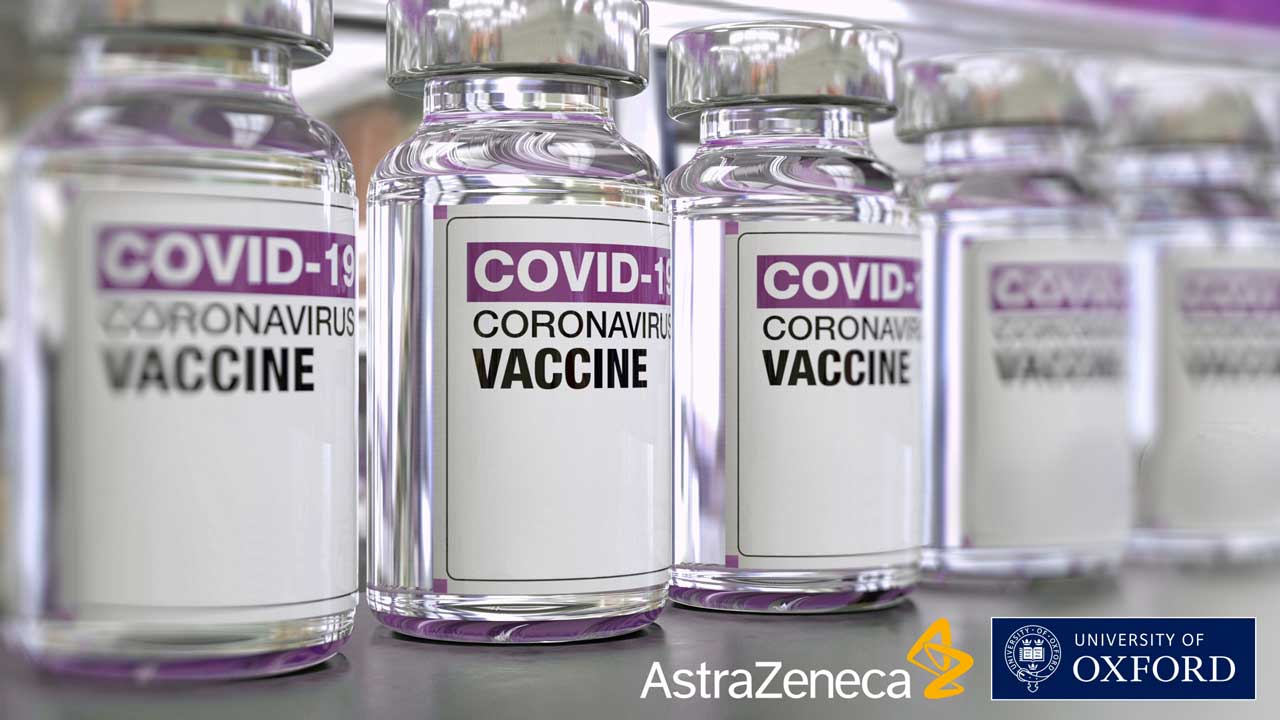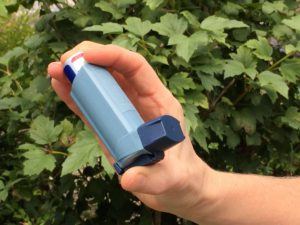When it comes to COVID-19 efficacy, the AstraZeneca vaccine paled in comparison with Pfizer BioNTech and Moderna. Although significantly lower than the two FDA-authorized vaccines, around 70% effectiveness rate is quite good for a vaccine. For comparison, the flu vaccine has between 40% to 60% efficacy, according to the Centers for Disease Control and Prevention (CDC).
At this time, Statcare has the COVID-vaccine made by Moderna in all its offices.
The AstraZeneca coronavirus vaccine is yet to be issued an Emergency Use Authorization by the US FDA. But it is considered the only vaccine that may make a huge impact worldwide. It is cheaper and easier to store, making it a suitable COVID vaccine for developing countries. The UK, prior to authorization, had pre-ordered 100 million doses of the vaccine.
General Information
Name: COVID-19 Vaccine AstraZeneca (formerly AZD1222)
Manufacturer: AstraZeneca/University of Oxford
Type of Vaccine: Adenovirus Vector
FDA EUA Status: The UK Medicines and Healthcare products Regulatory Agency (MHRA) has authorized the AstraZeneca vaccine for emergency use last Dec. 30, 2020. Soon after, India and Mexico have followed suit. In the United States, authorization of this vaccine for emergency use may not be issued until February at the very least.
Multidose vial: 10-dose vial, 8-dose vial (Not all sizes may be marketed)
Dosage: 0.5 mL
Age indications: 18 years of age and older
Schedule: 2-dose series administered between 4 and 12 weeks apart. (The first AstraZeneca shot should be completed with the same vaccine from the same manufacturer)
Administer: Intramuscular (IM) injection in the muscle of the upper arm (deltoid muscle)
Ingredients:
- L-Histidine
- L-Histidine hydrochloride monohydrate
- Magnesium chloride hexahydrate
- Polysorbate 80
- Ethanol
- Sucrose
- Sodium chloride
- Disodium edetate dihydrate
- Water for injections
How Does the AstraZeneca Vaccine Work
Similar to Pfizer and Moderna vaccines, the AZ vaccine aims to provide instructions on how to create the SARS-CoV-2 spike protein. However, this does not use mRNA as a platform. The AZ vaccine uses a weakened version of the common cold virus.
The vector used in the vaccine is an adenovirus from a chimpanzee. It was genetically modified so as to prevent it from developing in human cells. The instructions are delivered to the cells, triggering an immune response. This helps the immune system to protect the body against future infection
AstraZeneca Vaccine Trial Summary
Most adverse reactions experienced by those who got vaccinated were mild and moderate. And a majority of those cleared within just a few days after vaccination. Participants who had one or more medical conditions had a vaccine efficacy of 73.43% after two full doses.
The AZ vaccine is highly effective on people of all ages, sex, race, and ethnicity. People who have underlying medical issues also acquired high effectiveness against the COVID-19 virus. No one got hospitalized or suffered from any severe disease in the version of the Oxford vaccine group.
Demographic information from clinical trials:
- Racial and ethnic categories – 82.8% White, 4.4% Black, and 4.6% Asian
- Age and sex breakdown – 39.3% male, 60.7% female, and 94.1% of participants were 18 to 64 years old, 5.9% of which are aged 65 or older
- 35.6% had at least one pre-existing medical conditions (heart-related disorder, respiratory disease, or diabetes)
Who can get vaccinated: The Oxford AstraZeneca vaccine is recommended for people aged 18 years and older.
Who should not get vaccinated: People with a history of severe allergic reactions to any of the ingredients of the vaccine. Pregnant and breastfeeding women should consult their health care providers to determine if vaccination is recommended or necessary.
Storage, Preparation, and Administration
Administration: Each dose (0.5 ml) of the AstraZeneca vaccine is withdrawn using a syringe and administered into the arm muscle. It is normal for any extra liquid to remain in the vial after the final dose.
Preparation: COVID-19 Vaccine AstraZeneca should be inspected visually before administration. It should be colorless to slightly brown with a clear to opaque appearance. It is crucial for health workers to not shake the vial prior to opening.
Storage: Unopened multidose vials must be stored in the refrigerator (2 to 8°C) for up to 6 months. Do not freeze and keep them in their outer box to protect them from light. After opening the vial, use it as soon as possible within 6 hours. In-use vaccines can be stored between 2°C and 25°C.
Side Effects: Frequently reported adverse reactions associated with the Oxford vaccine are injection site pain, headache, fatigue, malaise, chills, and nausea.
After vaccination: There is no need to hold and observe patients after vaccinations since severe allergic reactions are unlikely.
However, in the case of post-vaccination adverse reactions, analgesic or antipyretic medicines may be taken for symptomatic relief.
*As of recent, there have been no anaphylactic reactions associated with the AstraZeneca COVID-19 vaccine, according to the MHRA. The Pfizer vaccine generated around 6 allergic reactions while Moderna has 1 severe case.










